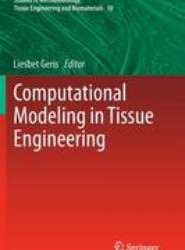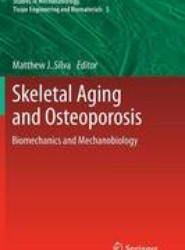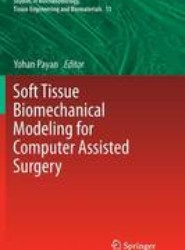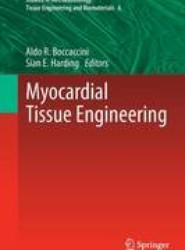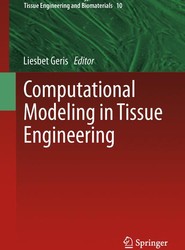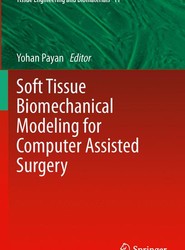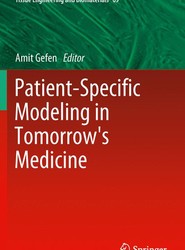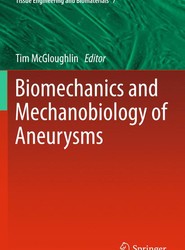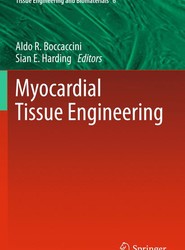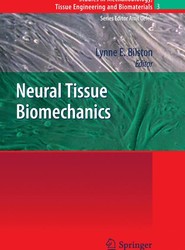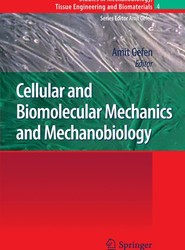(To see other currencies, click on price)
MORE ABOUT THIS BOOK
Main description:
This book reviews the state-of-the-art in multiscale computer modeling, in terms of both accomplishments and challenges. The information in the book is particularly useful for biomedical engineers, medical physicists and researchers in systems biology, mathematical biology, micro-biomechanics and biomaterials who are interested in how to bridge between traditional biomedical engineering work at the organ and tissue scales, and the newer arenas of cellular and molecular bioengineering.
Contents:
Application of neural network and finite element method for multiscale prediction of bone fatigue crack growth in cancellous bone.- Multiscale approach to understand the multiphysics phenomena in bone adaptation.- Multiscale elastic models of collagen bio-structures: from cross-linked molecules to soft tissues.- Multiscale modeling of ligaments and tendons.- Multiscale modeling of lymphatic drainage.- A model of electromechanical coupling in the small intestine.- Multi-scale computational modeling in vascular biology: from molecular mechanisms to tissue-level structure and function.- Multiscale modeling in vascular disease and tissue engineering.- Translational research: Multi-scale models of the pulmonary circulation in health and disease.- A multilevel finite element approach to study pressure ulcer aetiology.- Discrete and continuum multiscale behaviour in bacterial communication.- Wound healing: Multi-scale modeling.- Modeling multiscale necrotic and calcified tissue biomechanics in cancer patients: application to ductal carcinoma in situ (DCIS).- Integration of molecular signaling into multiscale modeling of cancer.
PRODUCT DETAILS
Publisher: Springer (Springer-Verlag Berlin and Heidelberg GmbH & Co. K)
Publication date: February, 2015
Pages: 396
Weight: 6088g
Availability: Available
Subcategories: Biomedical Engineering, Radiology
Publisher recommends
From the same series




